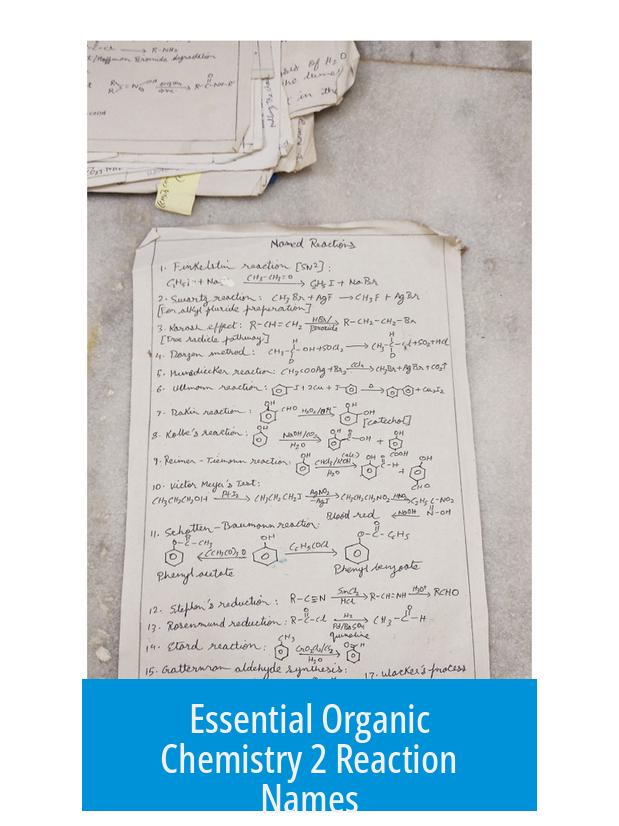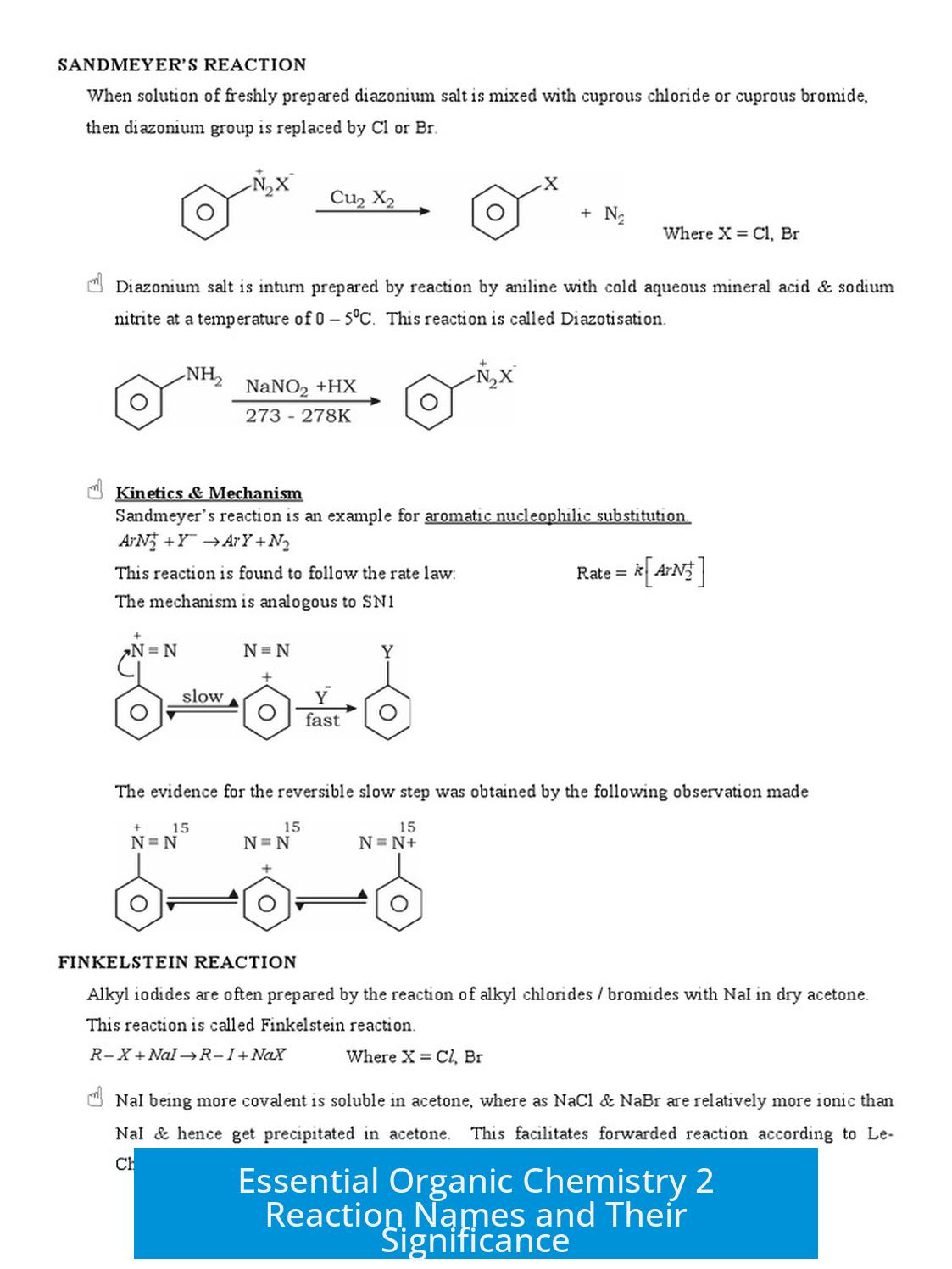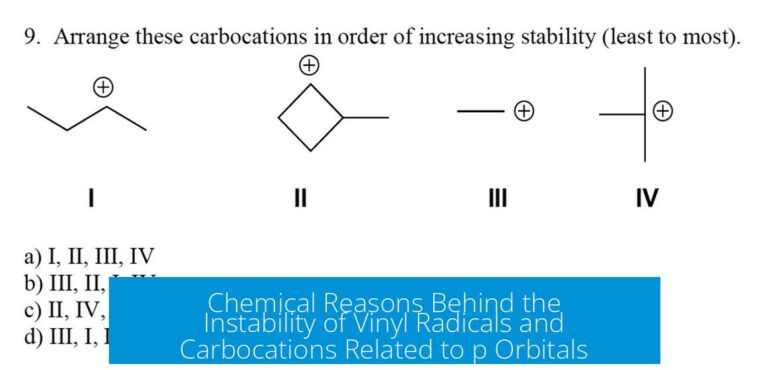Essential Organic Chemistry 2 Reaction Names

Organic Chemistry 2 mainly focuses on important carbonyl-related reactions such as Aldol, Michael addition, Wittig, and Claisen condensations that drive complex molecule formation. These reactions typically involve aldehydes, ketones, or acyl chlorides. Understanding them clarifies how carbonyl carbons serve as electrophiles and interact with nucleophiles like Grignard reagents.
Aldol Reactions and Related Condensations
Aldol reactions form β-hydroxy carbonyl compounds via the nucleophilic addition of an enolate ion to an aldehyde or ketone carbonyl. This reaction often proceeds to aldol condensation products, which involve dehydration to yield α,β-unsaturated carbonyl compounds. Several key reactions build on this concept:
- Michael Addition: A 1,4-addition of nucleophiles to α,β-unsaturated carbonyls, extending the aldol concept to conjugated systems.
- Robinson Annulation: Combines Michael addition and aldol condensation to synthesize six-membered rings.
- Claisen Condensation: An extension where ester enolates condense to form β-keto esters. It parallels aldol condensations in mechanism but uses esters.
Reactions Involving Carbonyl Compounds
Aldehydes and acyl chlorides react distinctly under different conditions. For example:
- Aldehyde reactions under acidic conditions: Aldehydes may undergo self-condensation forming α,β-unsaturated products or react with nucleophiles depending on the environment.
- Acyl chloride transformations: Acyl chlorides efficiently form amides, esters, or ketones by nucleophilic substitution, highlighting their high electrophilicity.
Role of Key Reagents and Mechanistic Details
Electrophilic carbon atoms in aldehydes readily react with nucleophiles. Prominently:
- Grignard reagents (RMgX) and organolithium compounds: These nucleophiles add to aldehydes/ketones forming alcohols after protonation. They are fundamental in building carbon-carbon bonds.
- Wittig Reaction: Converts aldehydes or ketones into alkenes using phosphonium ylides. This reaction provides stereochemical control and is widely used in synthetic organic chemistry.
Summary of Key Organic Chemistry 2 Reaction Names
| Reaction Name | Key Feature | Typical Substrates |
|---|---|---|
| Aldol Reaction | β-Hydroxy carbonyl formation; condensation | Aldehydes, ketones |
| Michael Addition | 1,4-addition to α,β-unsaturated carbonyls | Enolates, α,β-unsaturated carbonyls |
| Robinson Annulation | Ring formation combining Michael and aldol | Unsaturated ketones, enolates |
| Claisen Condensation | β-Keto ester synthesis from esters | Esters, enolates |
| Wittig Reaction | Aldehyde/ketone to alkene conversion | Aldehydes, ketones, phosphonium ylides |
- Reactions involving aldehydes feature electrophilic carbonyl carbons.
- Grignard and lithium reagents add nucleophilically to carbonyl compounds.
- Aldol, Michael, Claisen condensations are interrelated through enolate chemistry.
- Wittig reaction allows olefin synthesis from carbonyl compounds.





Leave a Comment